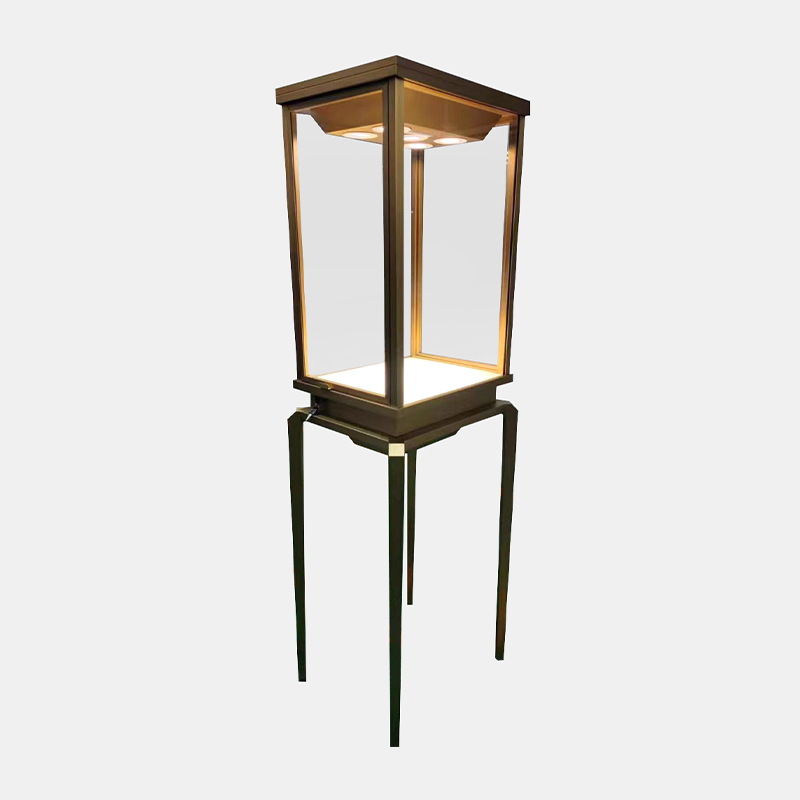Museum display cases serve as the "invisible guardians" of cultural relics during their display. Through environmental control and physical protection, they provide a safe bridge between audience viewing and cultural relic preservation. These seemingly transparent "glass houses" are in fact high-tech systems that isolate artifacts from external contaminants and create a stable environment for them using precise temperature control technology. The display cases' UV-resistant glass filters out 99% of harmful light.

For earthquake resistance, some display cases utilize shock-absorbing materials to withstand the impact of high-intensity earthquakes. For theft prevention, multi-layered composite glass combined with electronic locking systems creates an impenetrable barrier. Display cases also provide customized preservation environments for artifacts of varying materials: calligraphy and paintings enjoy constant temperature and humidity, metal artifacts are protected by a low-oxygen environment to prevent oxidation, and even the most fragile silk fabrics can be stored in a specially formulated, acid-free environment to maintain their luster. These seemingly static display cases are in fact life-support systems integrating materials science, environmental engineering, and intelligent monitoring, ensuring that these millennia-old treasures remain in optimal condition while being displayed to the public.
Freestanding museum pedestal display cases serve as a versatile stage for displaying artifacts, seamlessly blending functionality, technology, and artistry. Independent of any wall, these self-contained displays allow artifacts to stand out in the exhibition hall, creating a highly ceremonial viewing experience. They transcend the limitations of traditional wall-mounted display cases. Their 360-degree, transparent glass enclosure allows visitors to meticulously appreciate every detail of the artifacts from any angle. This makes them ideal for three-dimensional collections that require a comprehensive display, such as inscriptions on bronze artifacts, the textured backs of sculptures, or the inscriptions on the bases of ceramics.
The enclosed structure of freestanding pedestal display cases, combined with a built-in micro-humidity control system, enables more precise microclimate control than large, open-plan display cases. Due to their relatively isolated and compact size, temperature and humidity fluctuations can be controlled within extremely narrow limits, which is particularly important for temperature- and humidity-sensitive artifacts such as textiles and ancient books. Furthermore, these display cases can also be customized to meet the specific needs of the artifacts, such as by filling metal artifacts with inert gas or creating a low-oxygen environment for organic artifacts, significantly extending the "health life" of the exhibits.